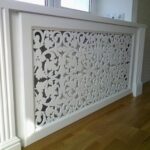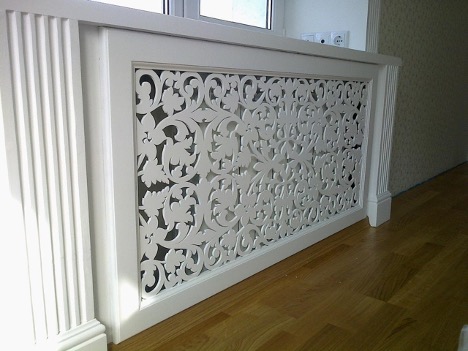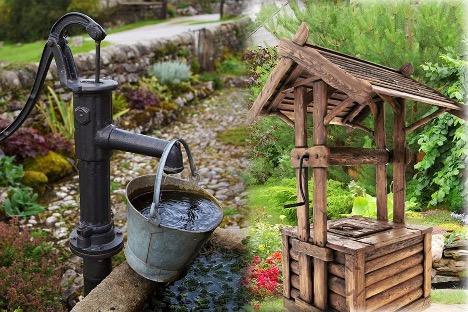Do-it-yourself plaster stucco molding: how to decorate a fireplace with plaster, tips
Making plaster stucco with your own hands is a fun and creative activity that allows you to transform the interior of your home, especially the fireplace. Gypsum, due to its plasticity and ease of processing, is an ideal material for decorative finishing. When starting this project, you must consider several important aspects such as design selection, preparation of materials and tools, and plaster working technique.
Gypsum stucco molding makes it possible to implement the most daring and original design solutions. You can create unique decorative elements that will harmoniously fit into the overall style of your interior. The advantage of working with plaster is its availability and ease of use, making it an ideal choice for beginning craftsmen.
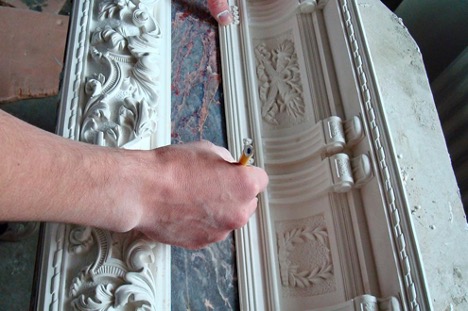
The content of the article
Technique for finishing a fireplace with plaster
Finishing a fireplace with plaster requires special attention to detail and accuracy. First of all, it is necessary to properly prepare the surface of the fireplace. This includes cleaning off dust and dirt, as well as applying a primer coat to better adhere the plaster to the surface.
To create a stucco molding for a fireplace with your own hands you will need:
- gypsum mixture;
- water for mixing plaster;
- molds for casting decorative elements;
- spatula and other modeling tools.
Before starting work, you should carefully consider the design and location of each element. Working with gypsum should begin by mixing the gypsum mixture until it reaches the consistency of thick sour cream. After this, using molds, you can cast decorative elements, which, after hardening, will be attached to the fireplace.
What not to do to make stucco work pleasing for years
To ensure that your plaster stucco lasts a long time and is pleasing to the eye, it is important to avoid some common mistakes in the process of creating and maintaining it. Here are the key points to pay attention to:
- When it comes to DIY fireplace stucco, it is important not to overdo it with the number of decorative elements. Excessive decoration can look overloaded and visually weigh down the space. In addition, excessive detailing increases the risk of damage to delicate stucco elements.
- For plaster stucco, choose high-quality materials. Low quality plaster or paints can quickly lose their original appearance, and the stucco will begin to crumble or crack. Investing in quality materials will pay off in the longevity and attractive appearance of your fireplace.
- Gypsum stucco is sensitive to moisture and direct sunlight. Therefore, it is necessary to provide protection against these factors. When the fireplace is located near windows or in rooms with high humidity, measures should be taken to protect the stucco molding, for example, the use of special coatings or regular ventilation of the room.
- Dust and dirt can reduce the visual appeal of a plaster fireplace finish. Regular gentle cleaning with a dry or slightly damp cloth will help maintain the original appearance of the stucco.Avoid using harsh cleaning agents that may damage the surface of the plaster.
- Gypsum is a fragile material, so it is necessary to handle finished stucco elements carefully. Avoid strong impacts or pressure on the stucco as this may damage it.
By following these simple rules, you can significantly extend the life of your plaster stucco, and it will delight you with its beauty for many years.
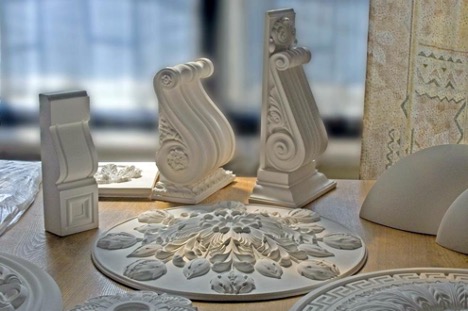
Making stucco for a fireplace with your own hands
The process of creating stucco molding for a fireplace with your own hands is an opportunity to show your creativity and skill. To do this you will need the following materials and tools:
- Gypsum mixture.
- Casting molds.
- Spatulas of various sizes.
- Sandpaper for sanding.
- Brushes and paints for decorative finishing.
First, plaster is poured into molds, creating the necessary decorative elements. After hardening, they are carefully removed and, if necessary, treated with sandpaper to achieve a smooth surface. These elements can then be attached to the surface of the fireplace using special glue or plaster mixture.
Making stucco for a fireplace from plaster
When making stucco for a fireplace from plaster, it is important to follow safety precautions. Working with plaster requires the use of gloves and safety glasses, as the material can cause skin and eye irritation. It is also worth working in a well-ventilated area to avoid inhaling dust.
The quality of finished products largely depends on accuracy and attention to detail. Sanded and carefully crafted stucco elements will not only improve the appearance of your fireplace, but will also last much longer.At the end of the work, the stucco can be painted or varnished to give it a finished and aesthetically attractive look.
Creating gypsum stucco molding is a fascinating process that allows you to bring to life the most daring design ideas and give your fireplace a unique style. By following these recommendations, you can create a unique and beautiful decor that will become the highlight of your interior.

